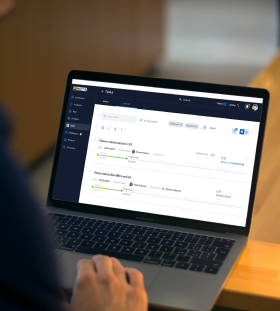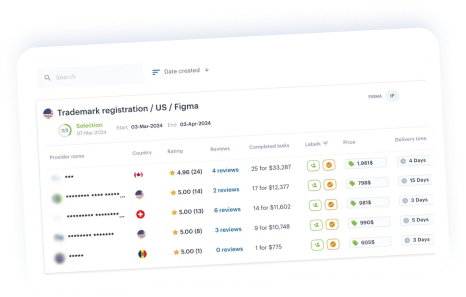Oficina de Diseño Acción Respondiendo en Alemania
Durante el examen, usted puede recibir una Acción de Oficina que puede incluir requisitos u objeciones. No es un problema. El abogado analizará esto, ideará una estrategia y preparará una respuesta.


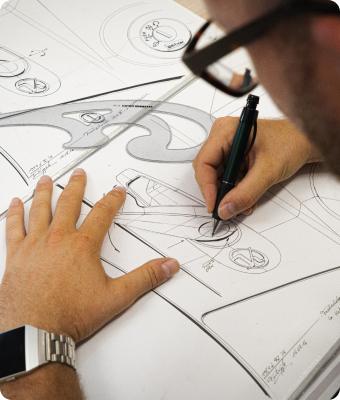
Durante el examen, usted puede recibir una Acción de Oficina que puede incluir requisitos u objeciones. No es un problema. El abogado analizará esto, ideará una estrategia y preparará una respuesta.







-
Un asistente de IP impulsado por IA que lo ayuda a crear una tarea detallada en cuestión de minutos.
-
Selección del abogado de diseño local más adecuado en función de criterios específicos.
-
Análisis de acciones de oficina, desarrollo, preparación y presentación de estrategias de respuesta.
-
Monitorización y reporte online en la plataforma durante todo el proceso.
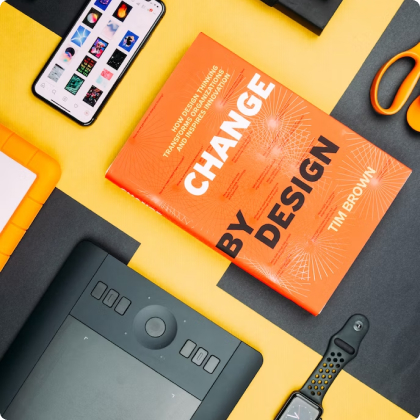
-

Más de 800 despachos de abogados especializados en propiedad intelectual de más de 150 países, clasificaciones y reseñas
-

Un asistente de propiedad intelectual impulsado por IA que ayuda a crear tareas y encontrar abogados relevantes
-

Tarifas fijas, pagos online seguros y rápidos con resultados garantizados
-

Acceso 24/7 al proceso de registro y almacenamiento de datos en línea para todos sus casos
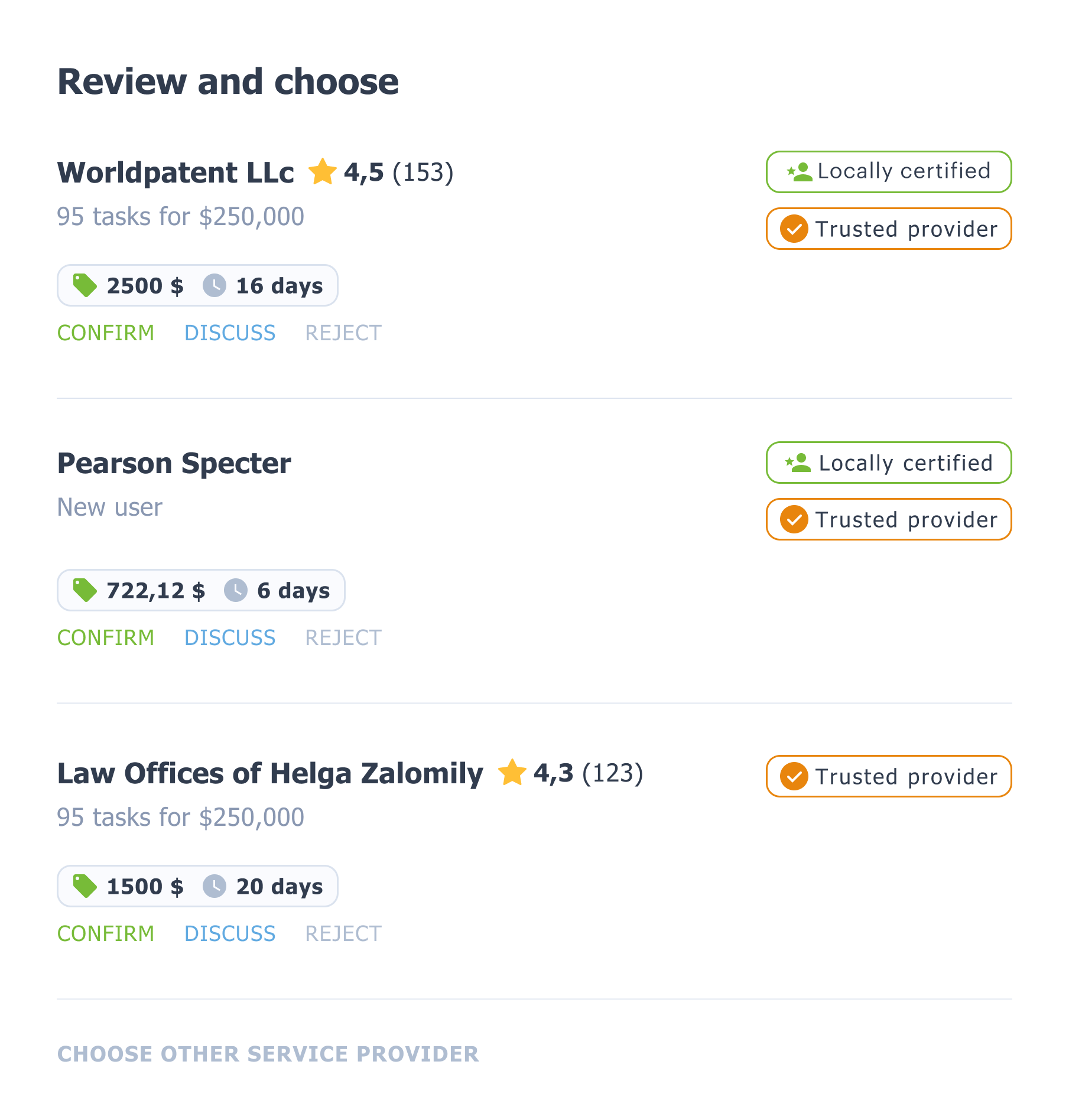
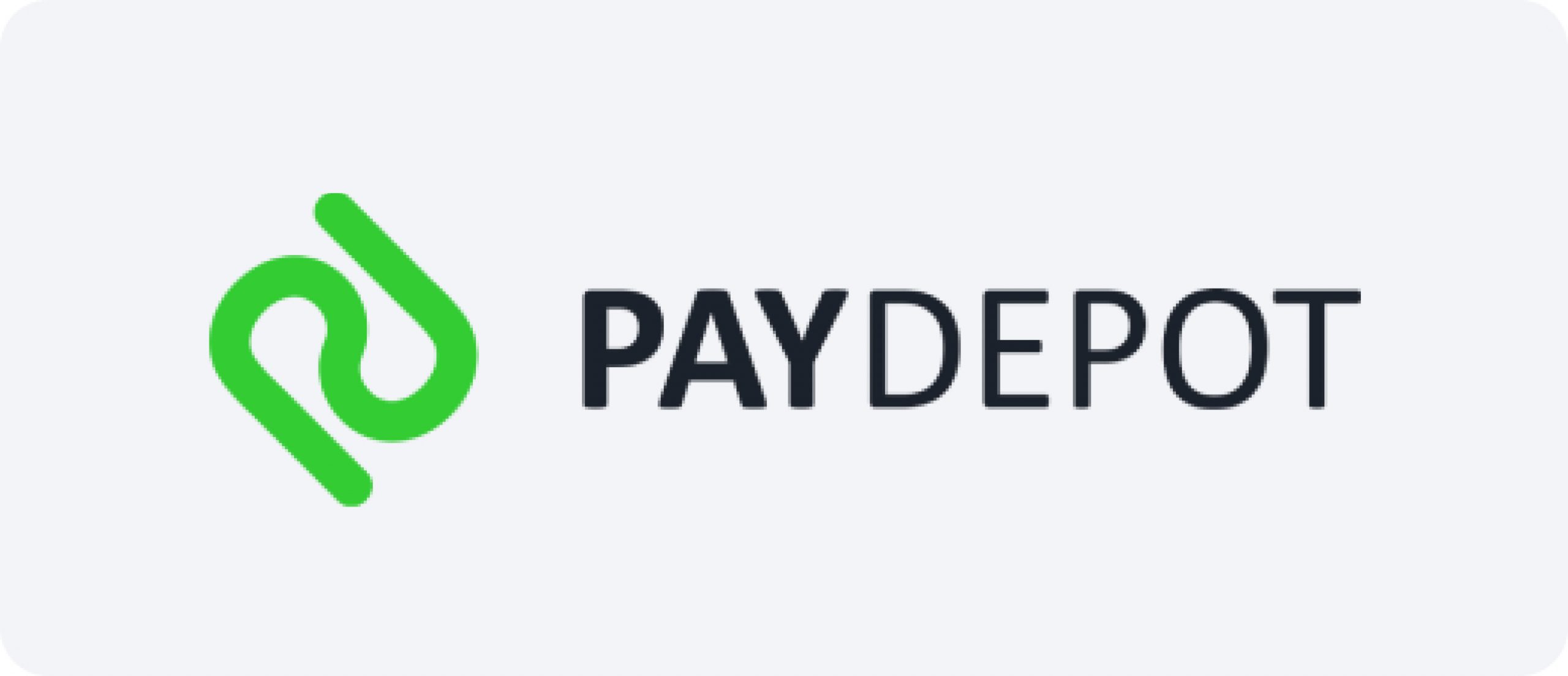
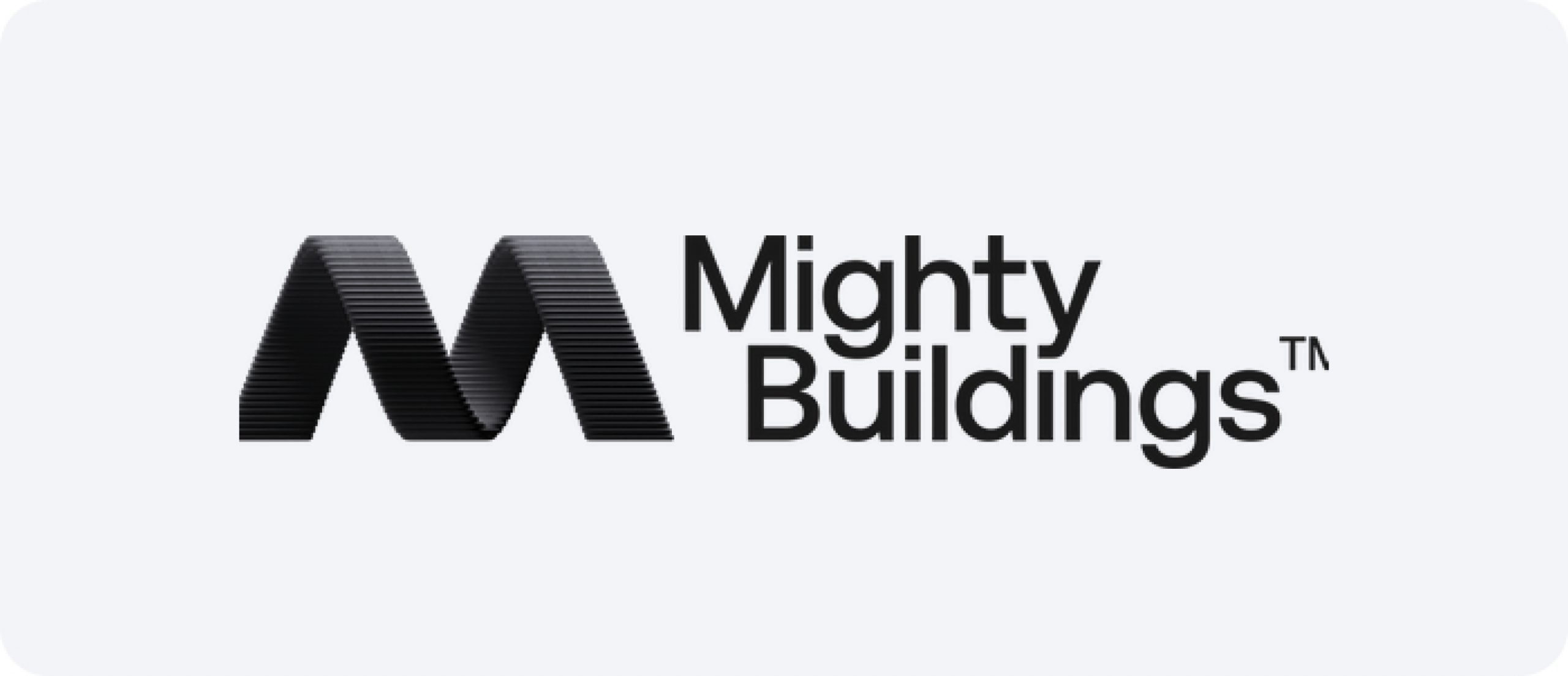

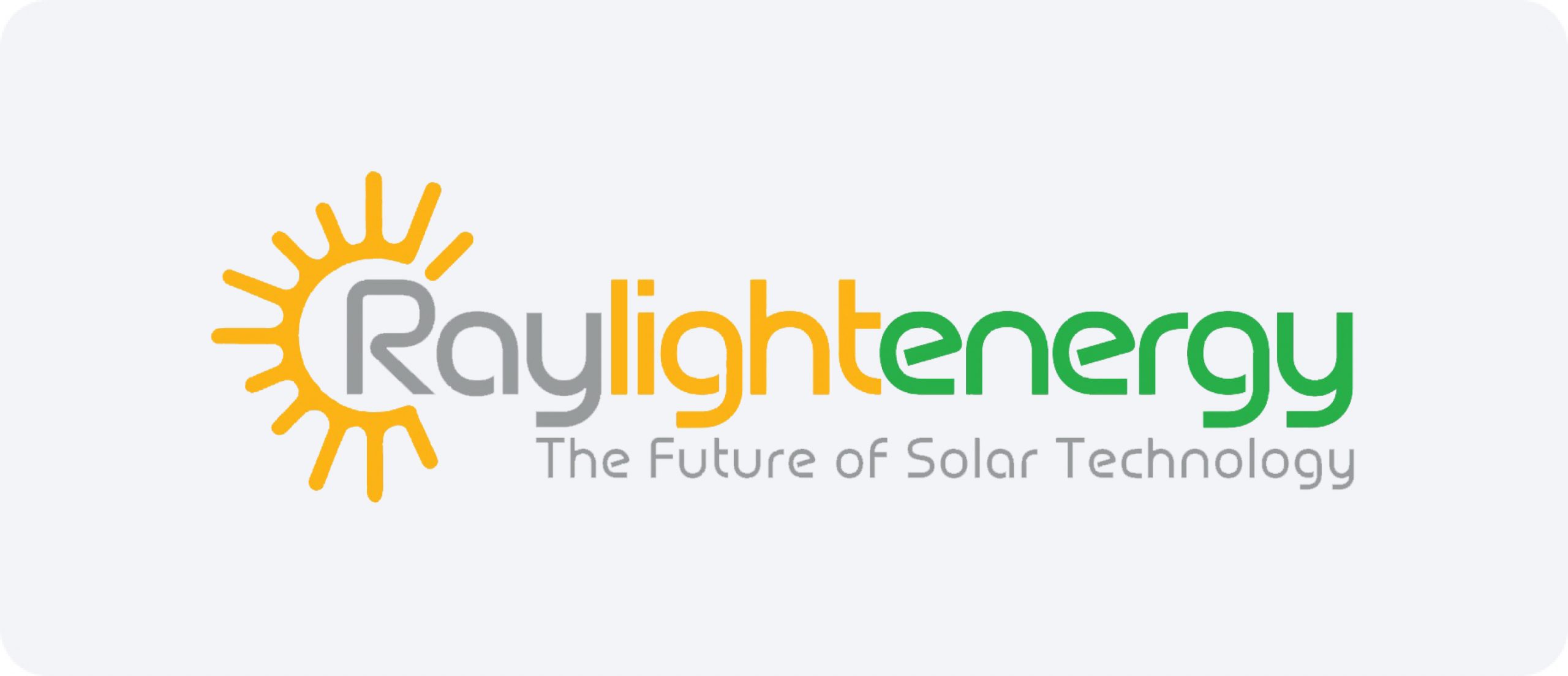

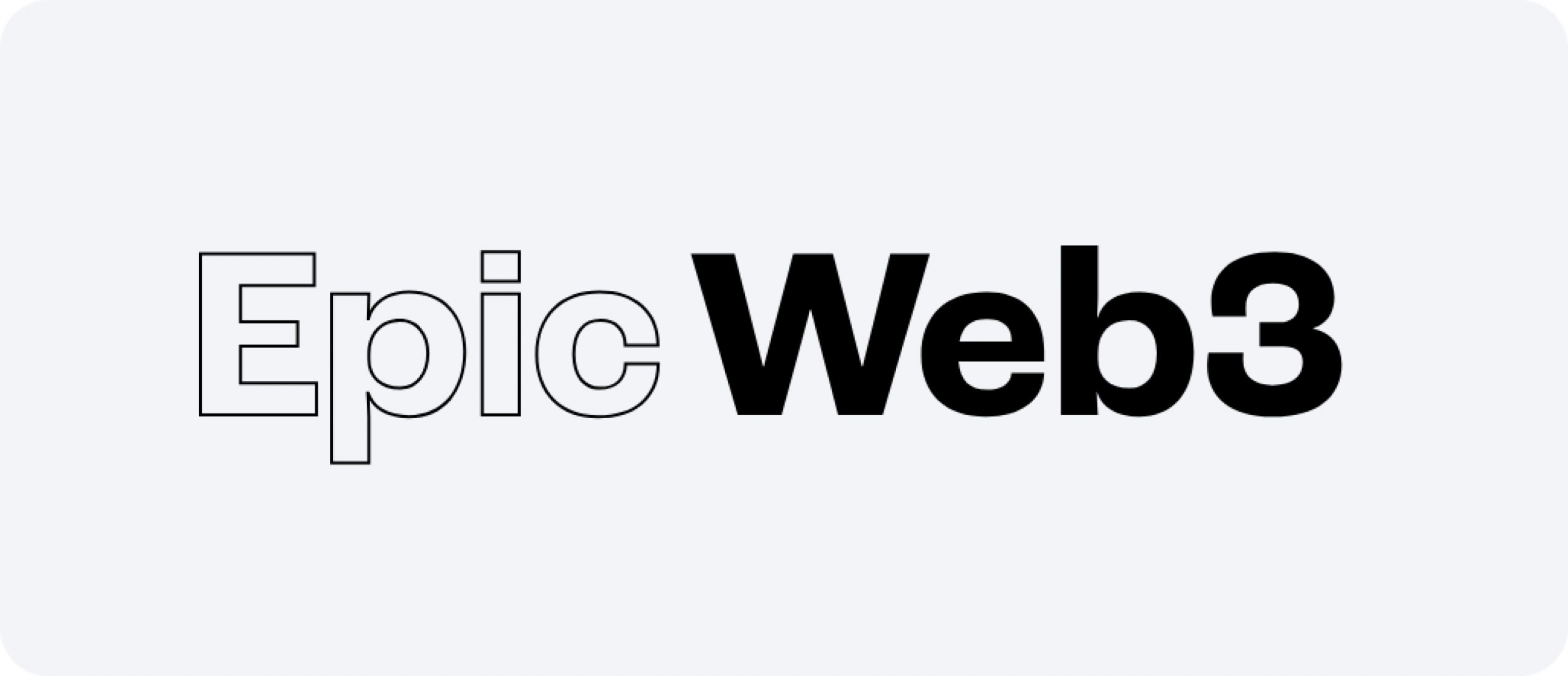
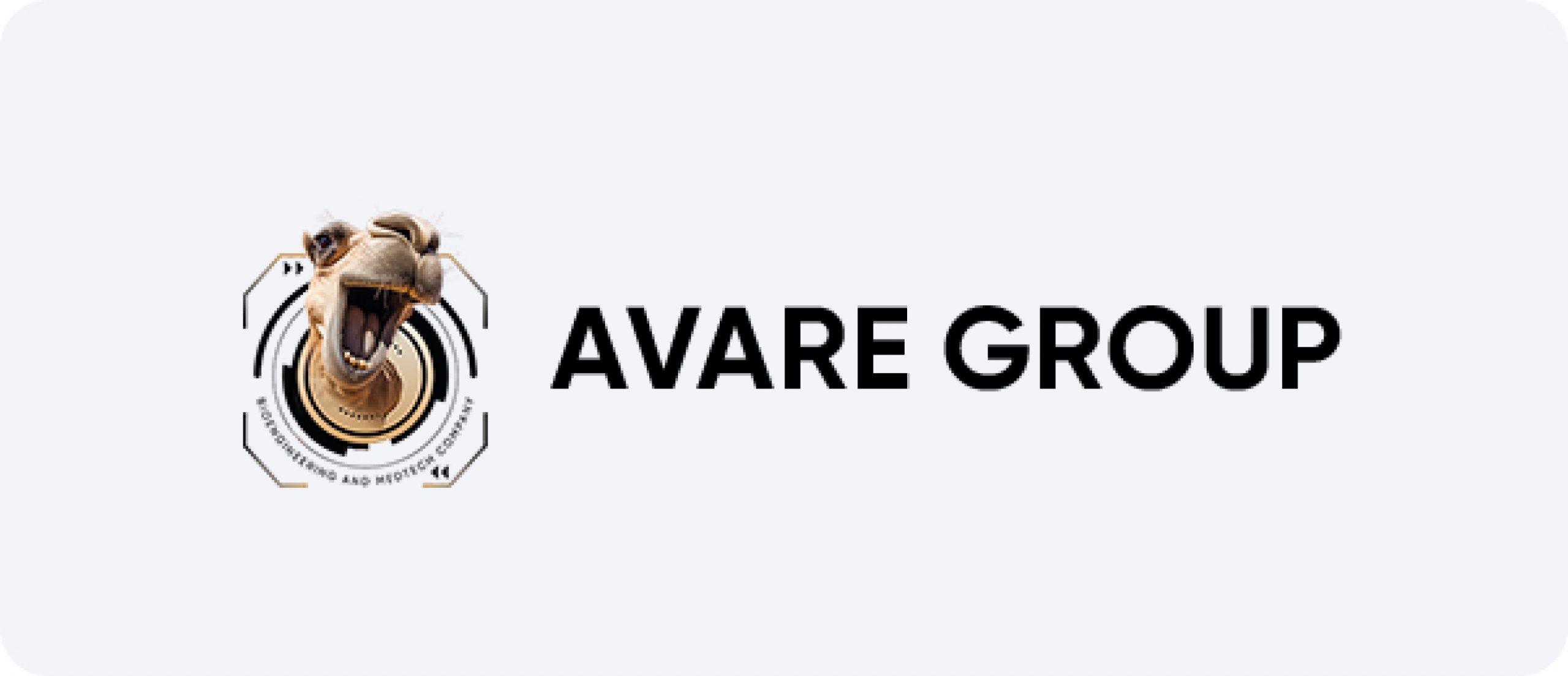
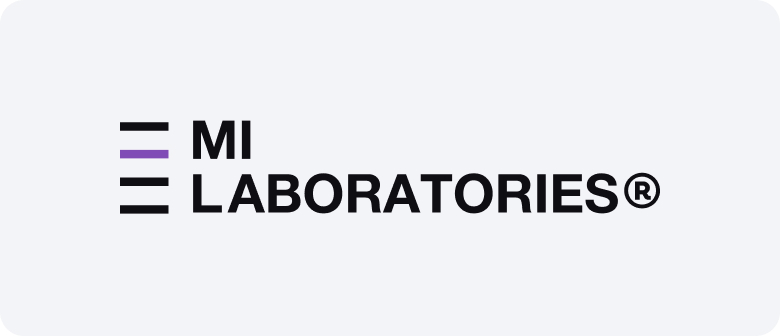
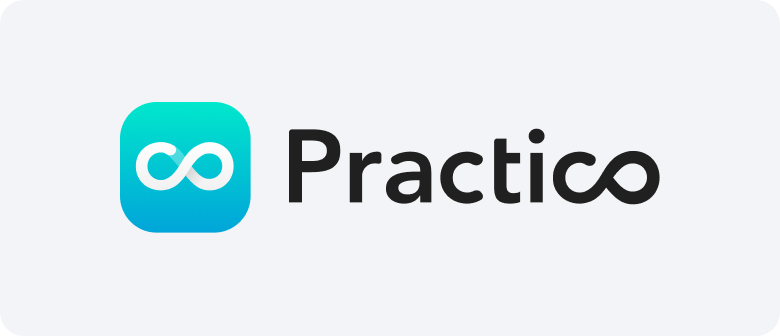
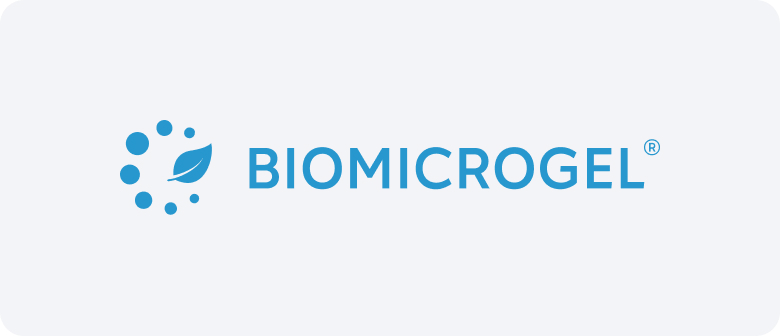
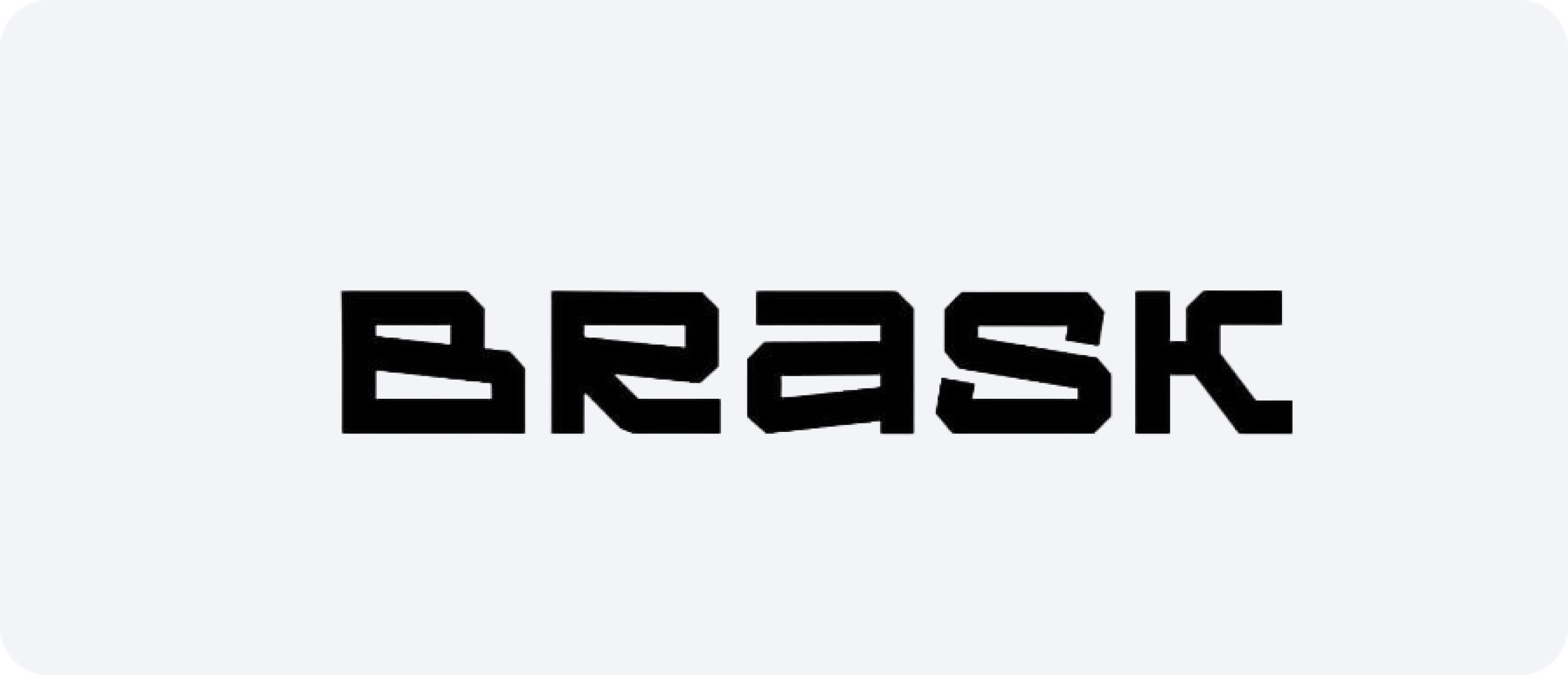
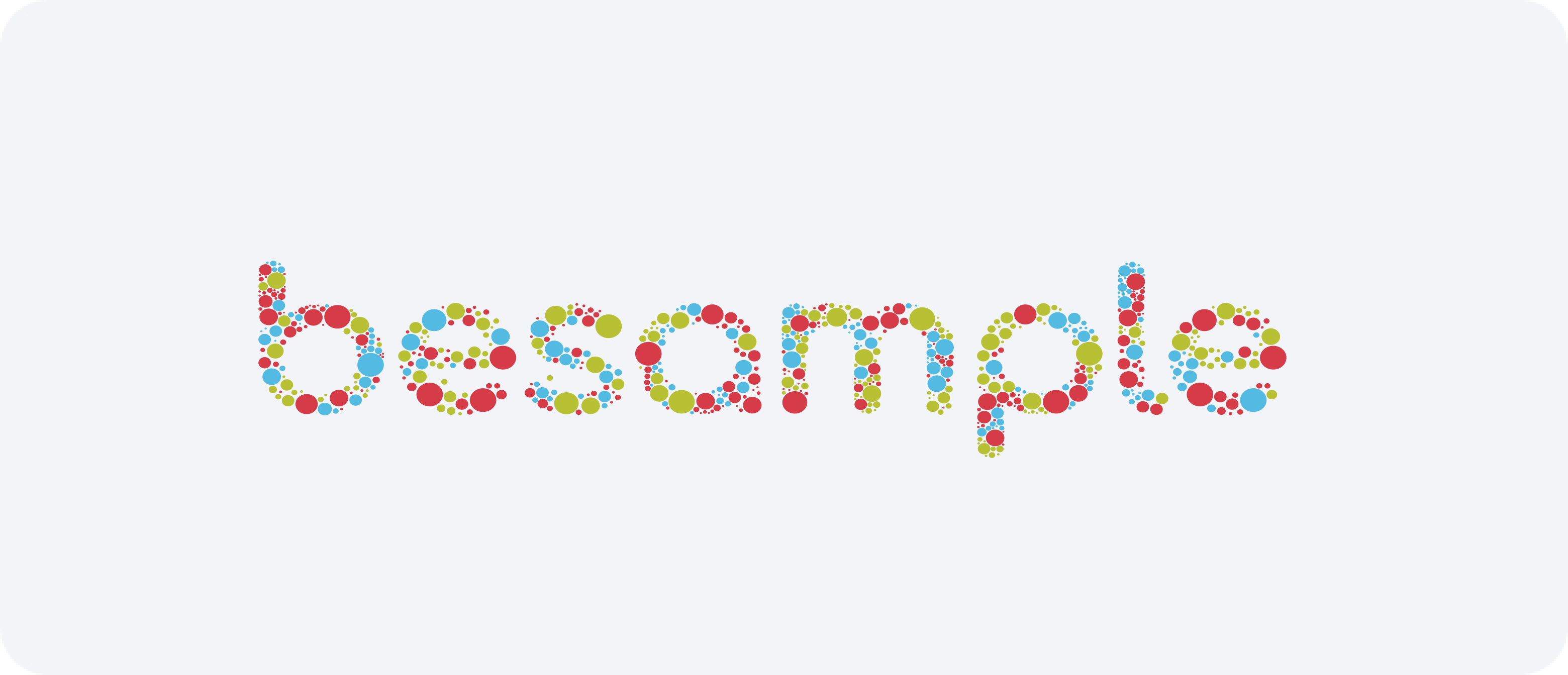
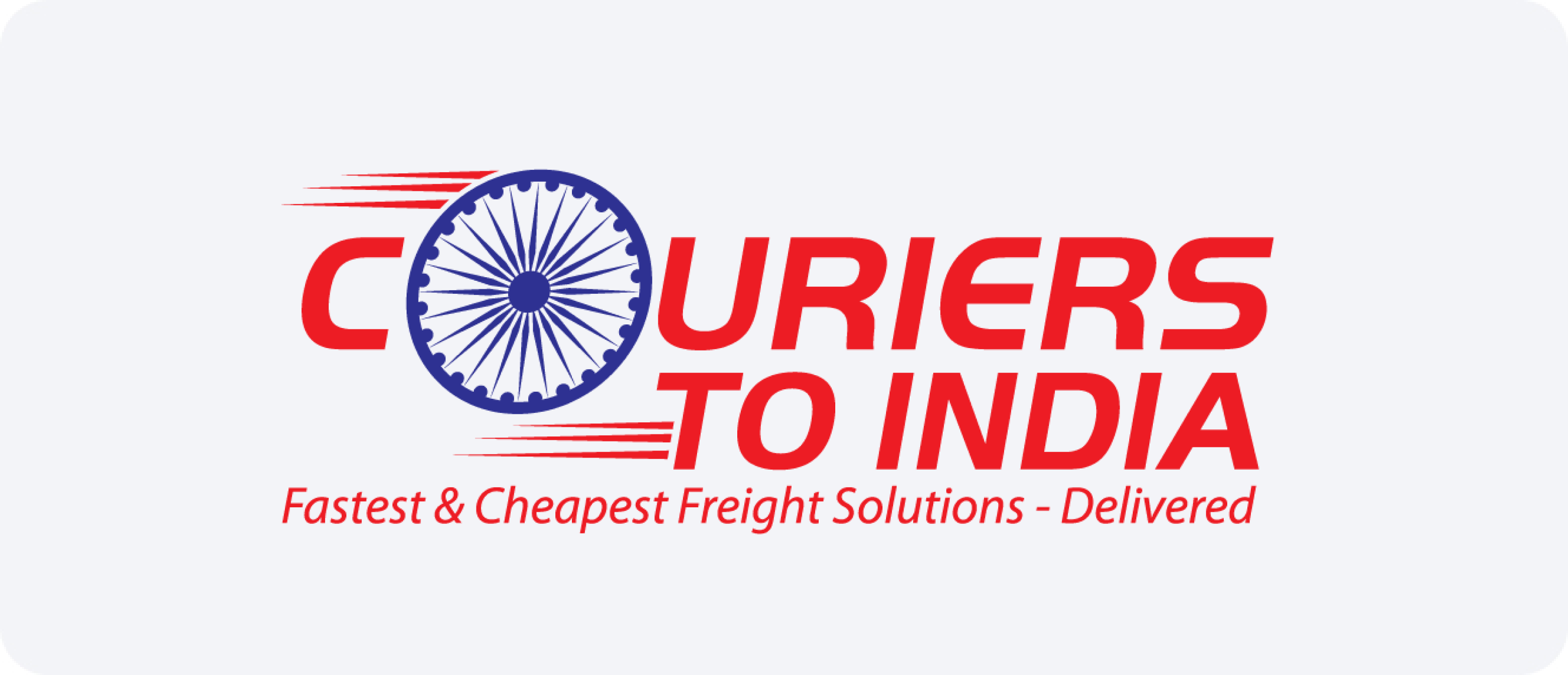
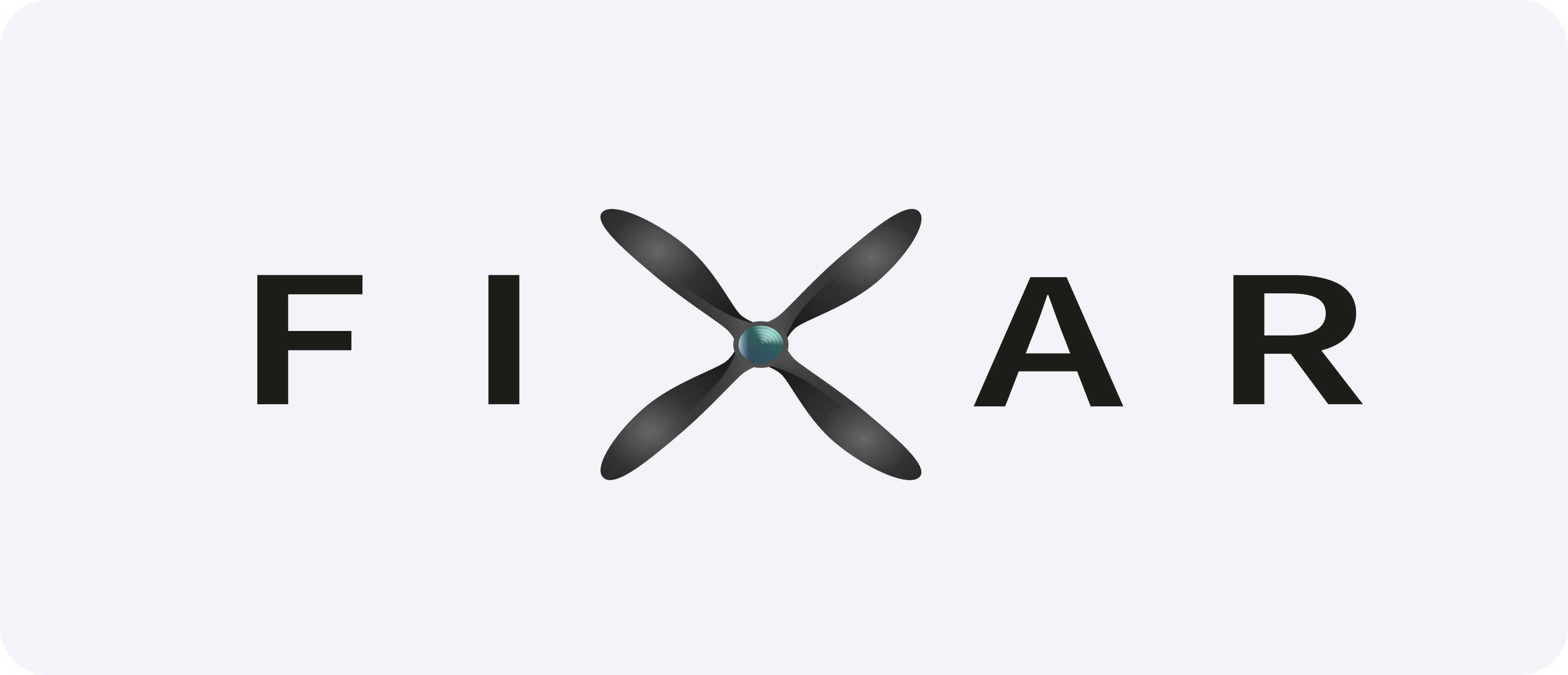

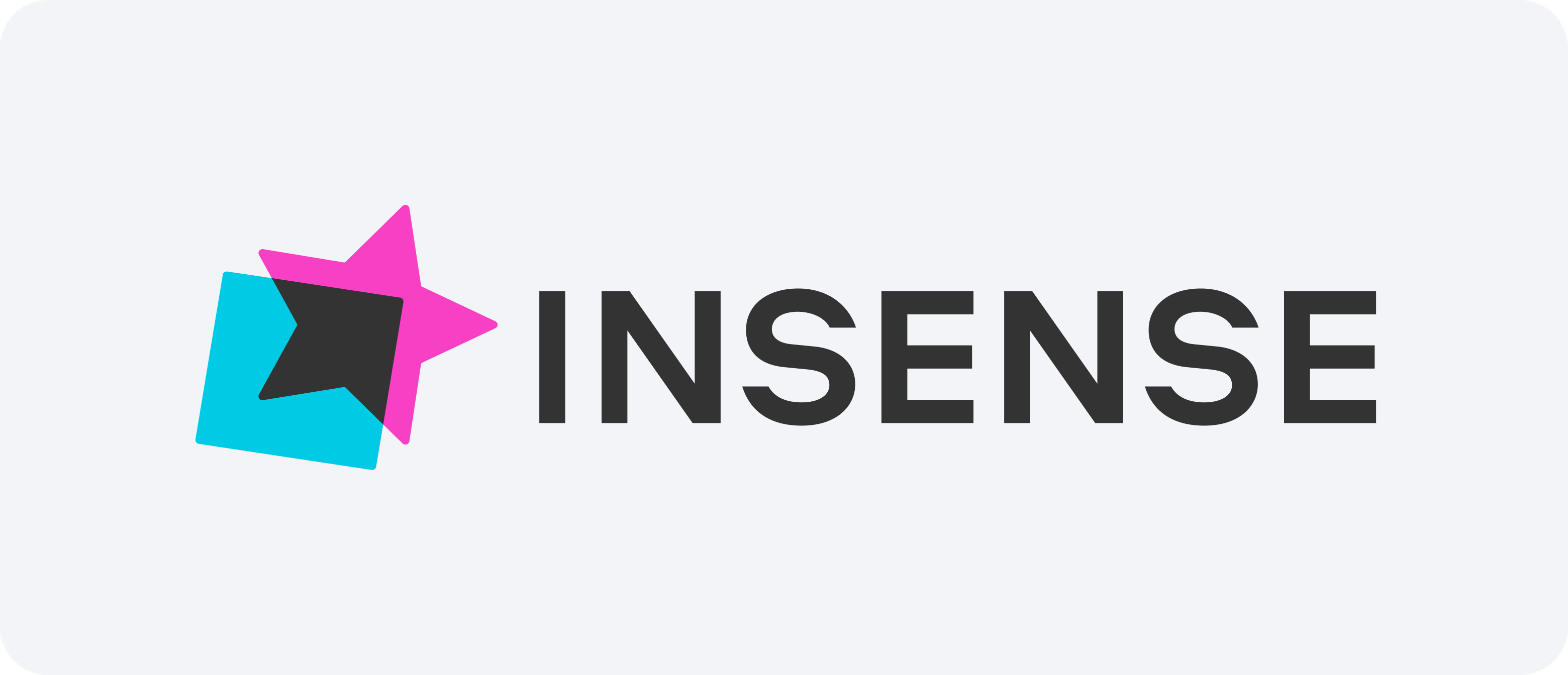
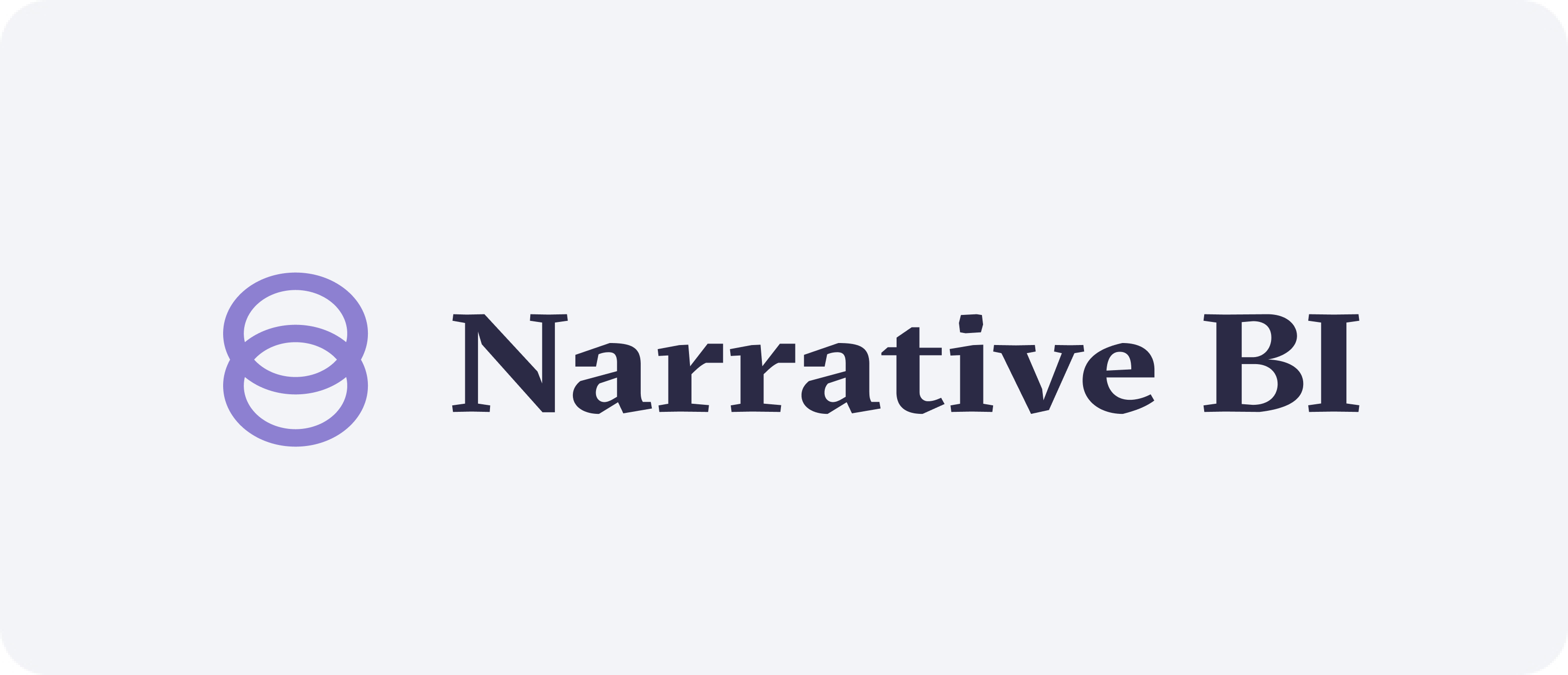
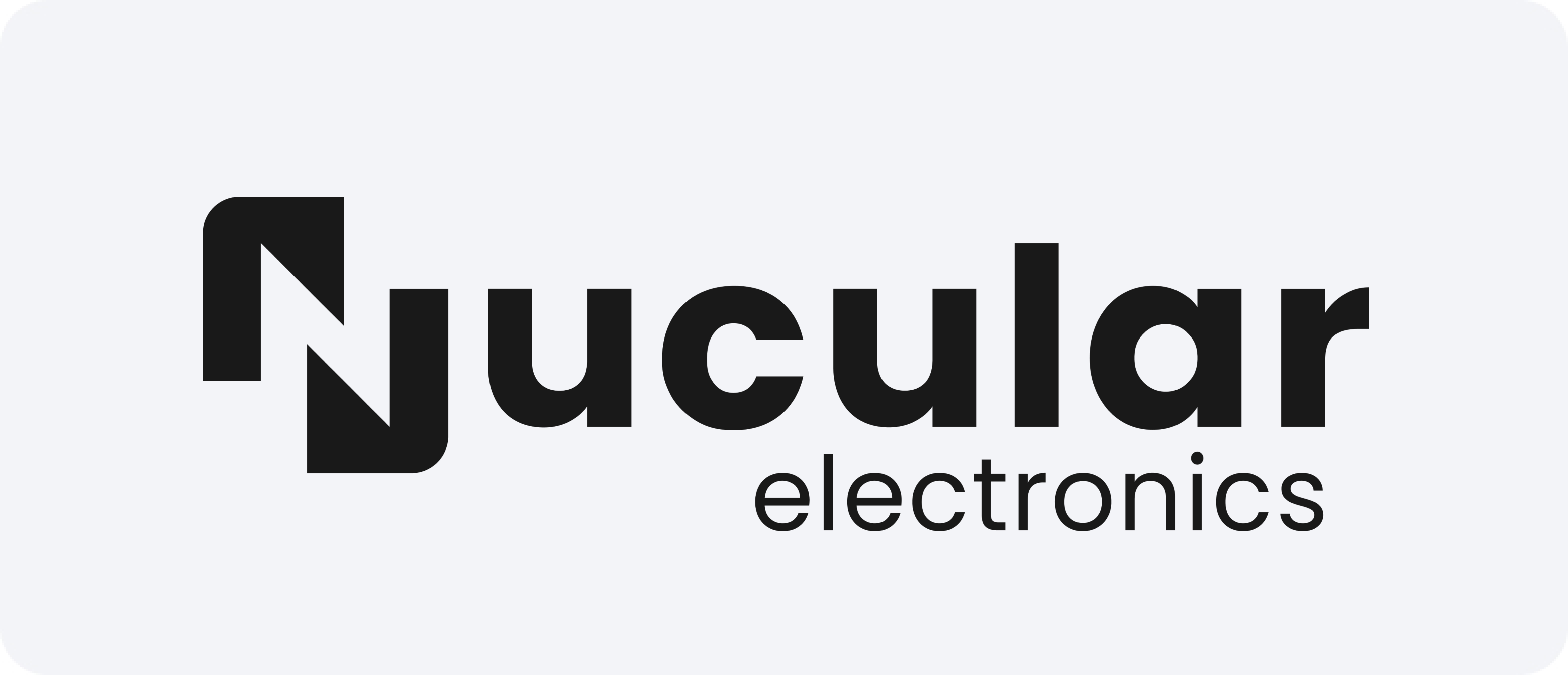
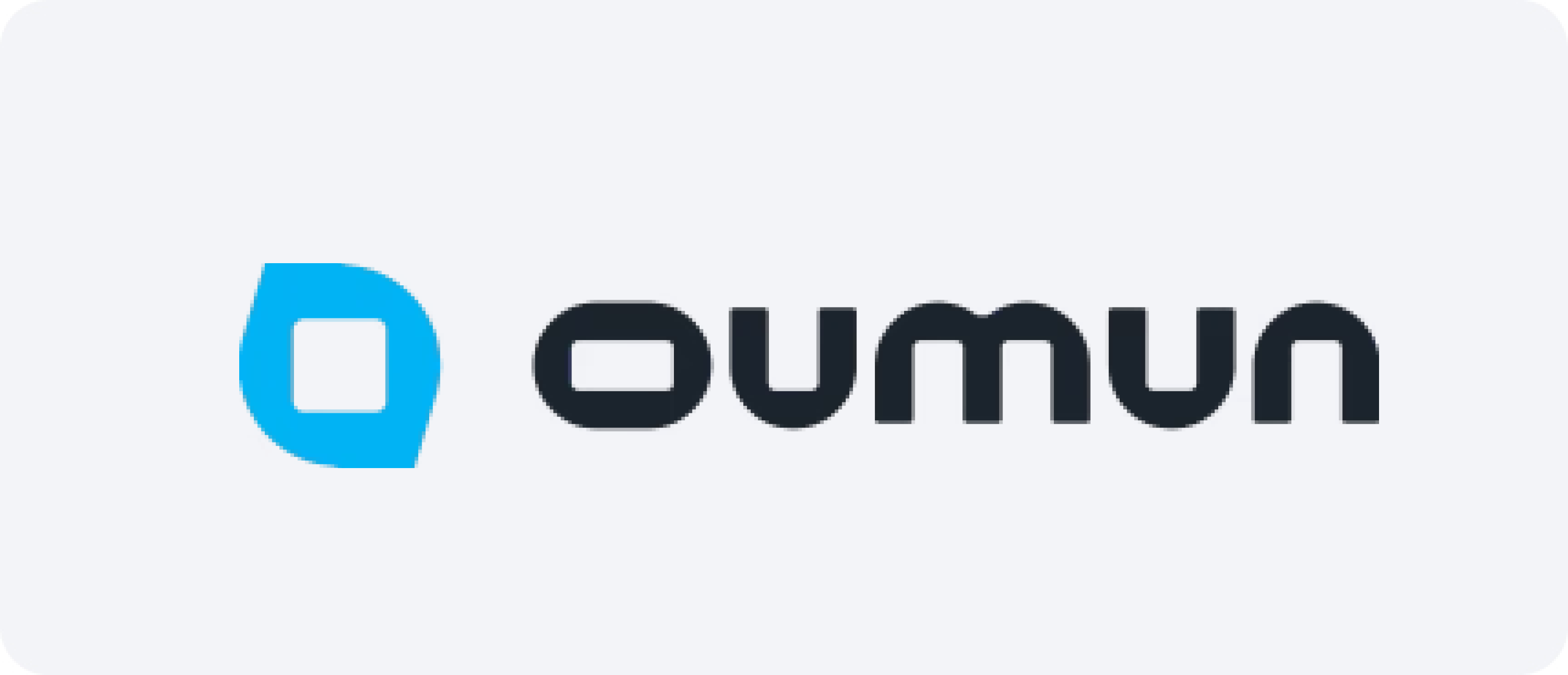
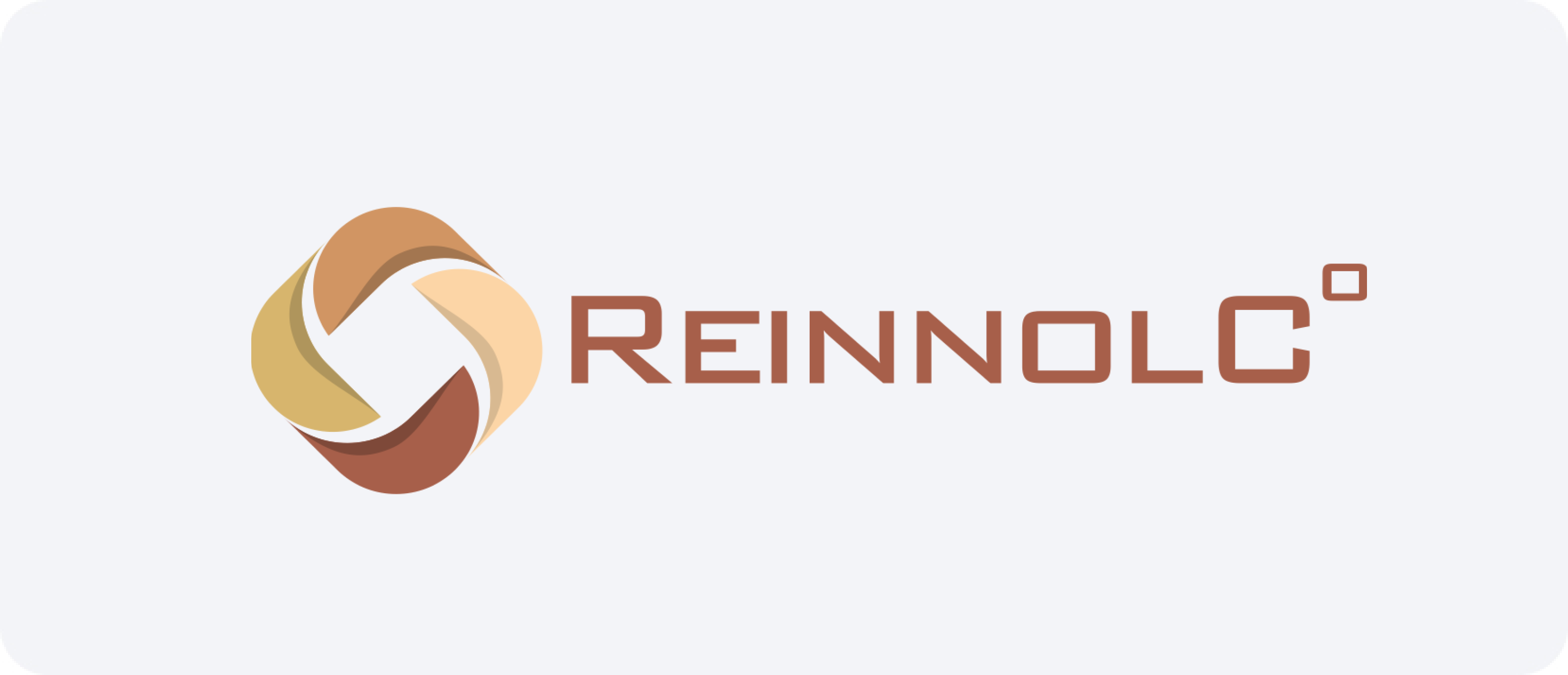
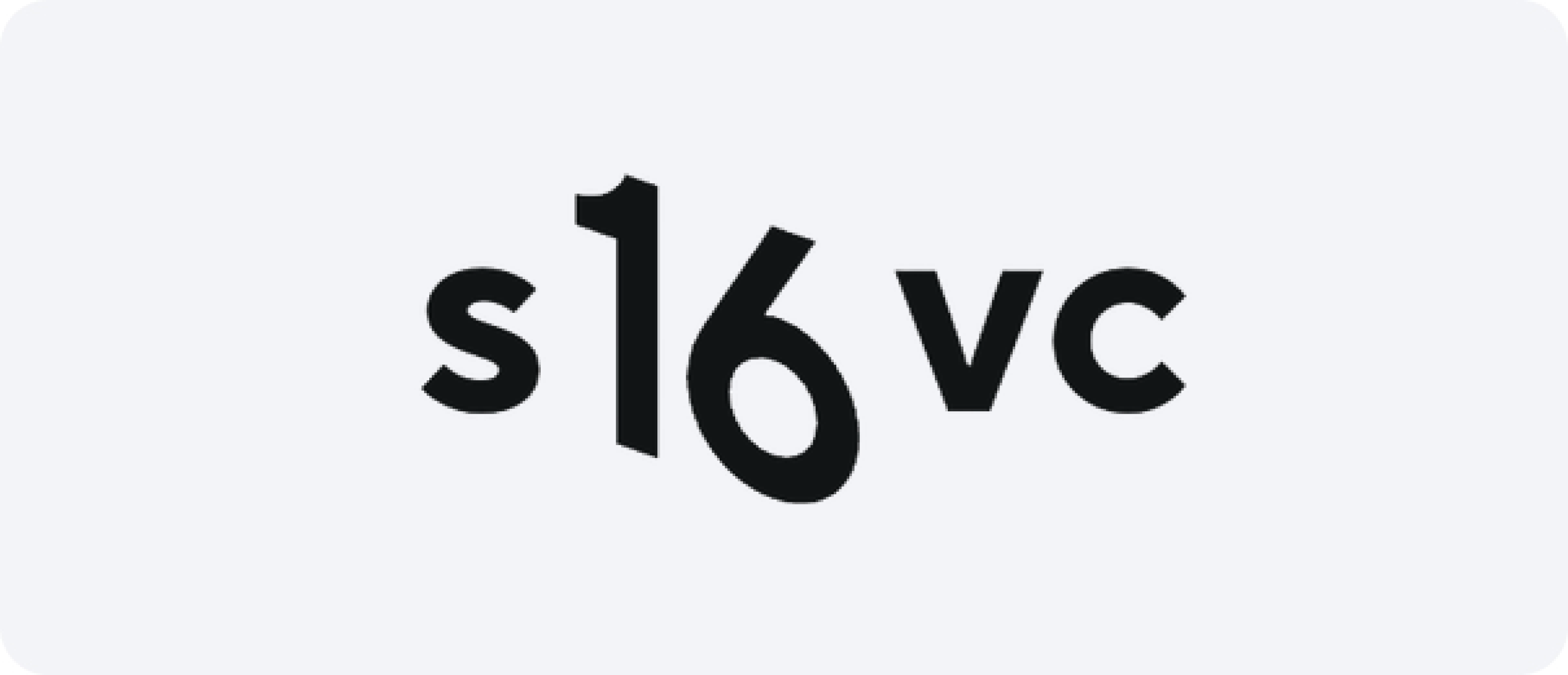
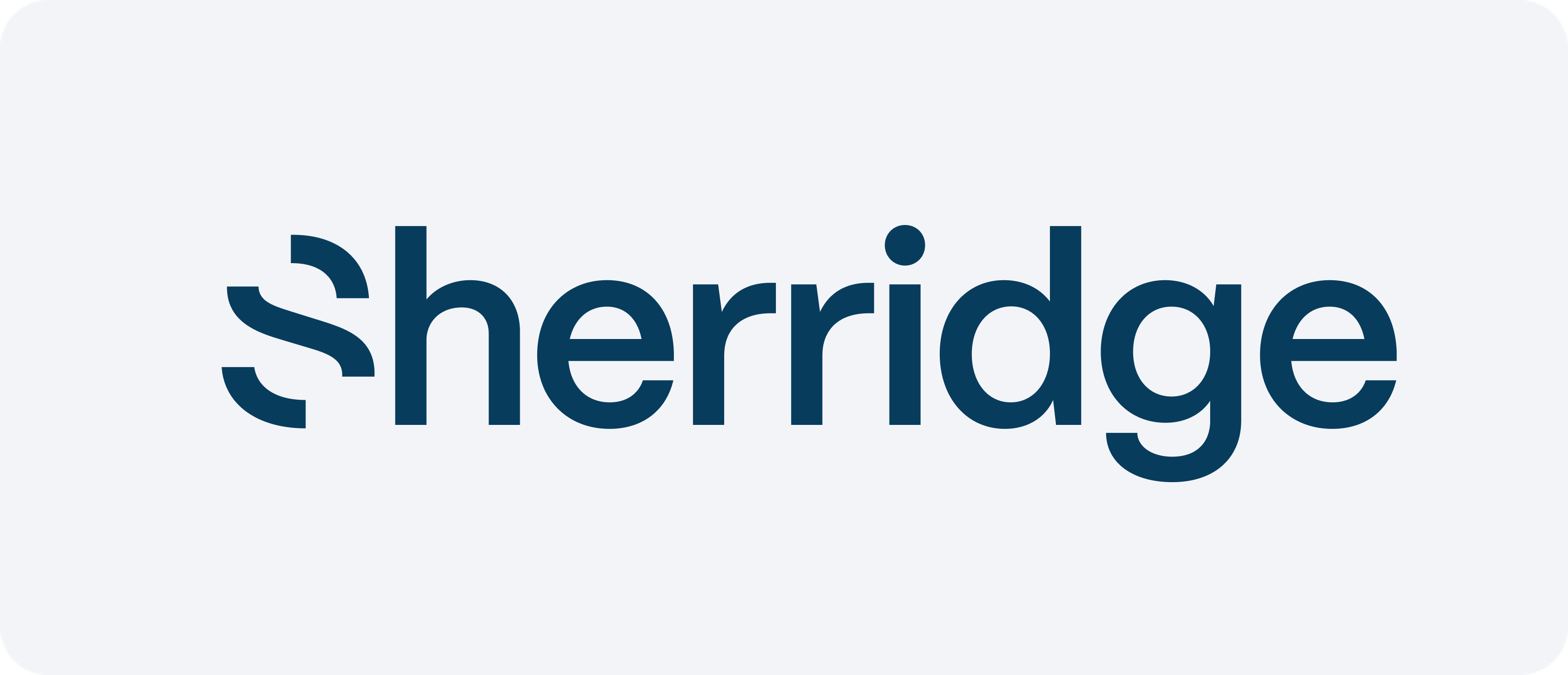
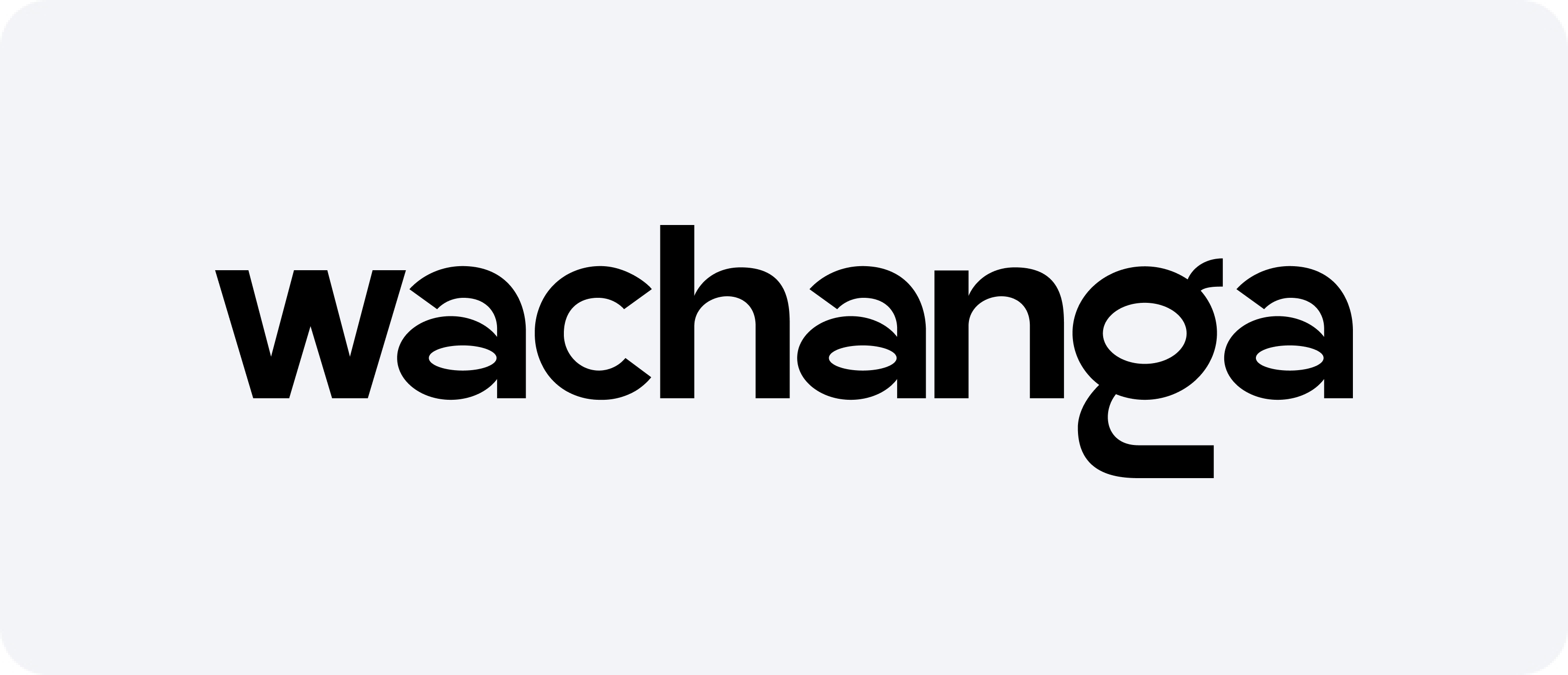


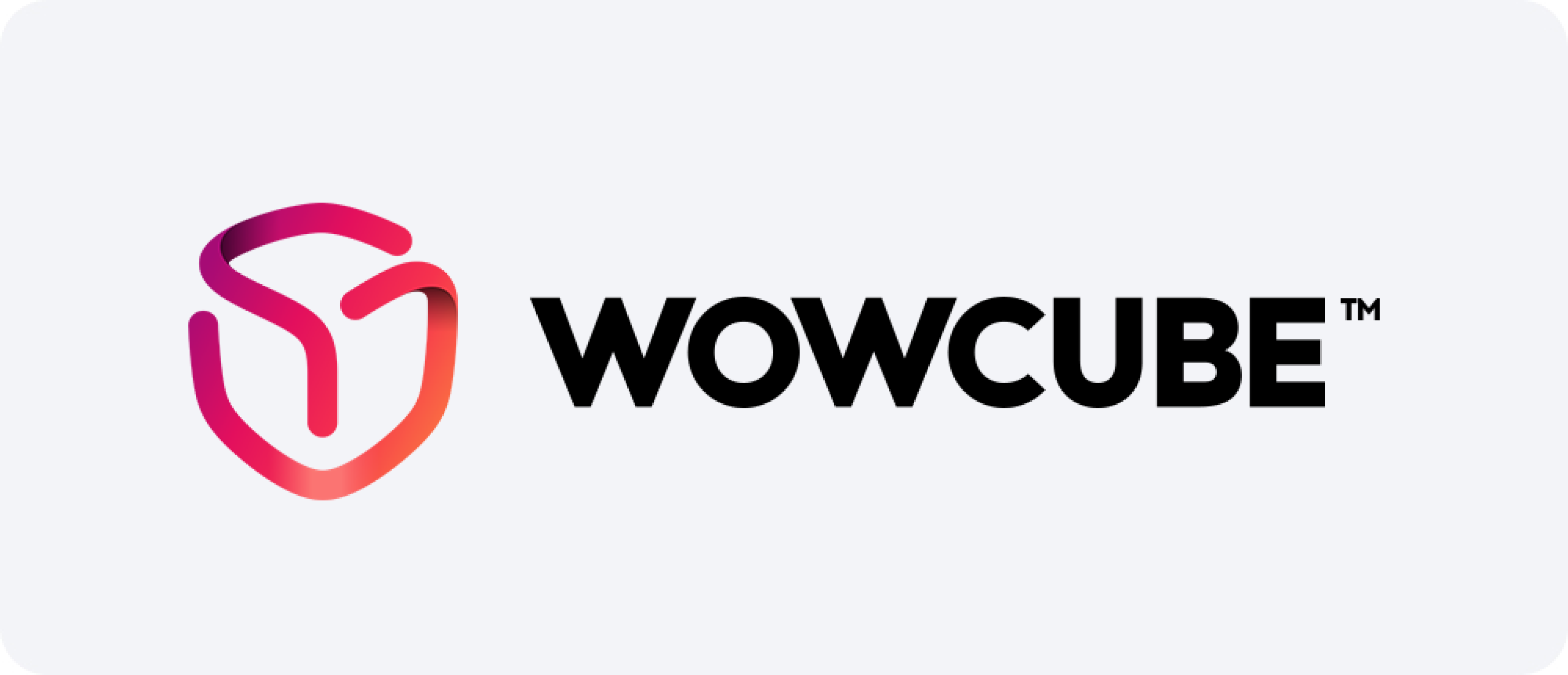




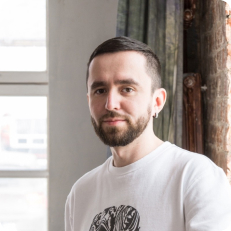
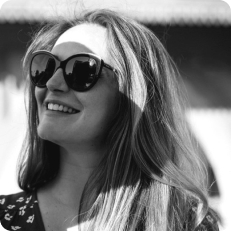
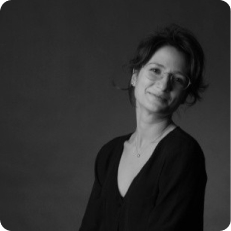
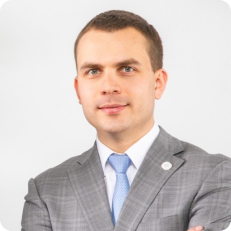




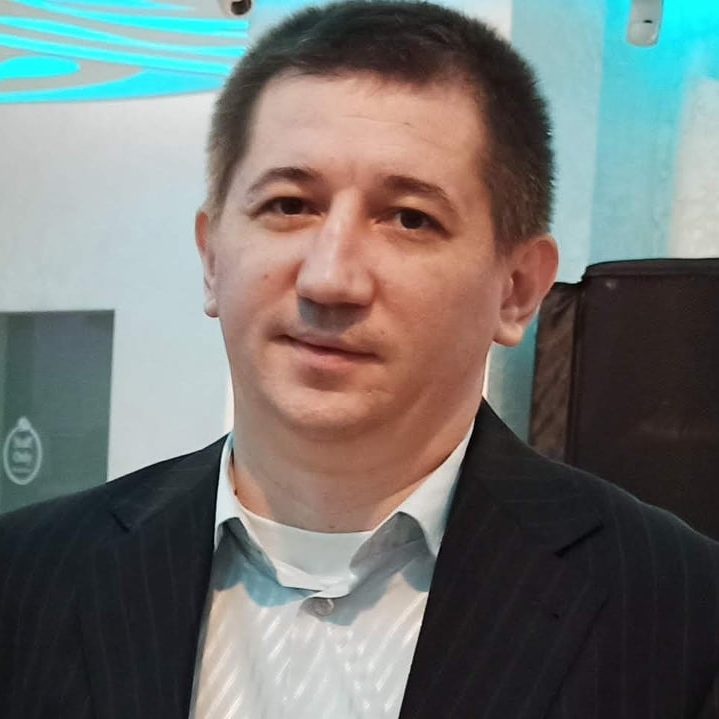
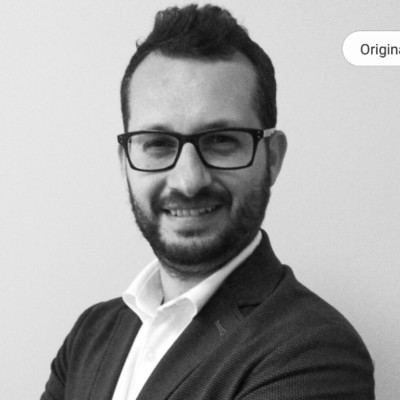
Diseño de respuesta eficiente en el contexto de las acciones de las oficinas de diseño alemanas
En materia de derechos de propiedad industrial, una estrategia de respuesta bien estructurada es fundamental, especialmente durante los procedimientos de acción administrativa en Alemania. Tanto para los solicitantes nacionales como extranjeros, comprender cómo responder a las objeciones de la Oficina de Patentes y Marcas (DPMA) es esencial para asegurar la protección de una solicitud de creación visual. Elaborar una respuesta precisa y oportuna ayuda a evitar el rechazo, garantiza el cumplimiento de los requisitos formales y mantiene la ventaja competitiva del solicitante.
Entendiendo la naturaleza de una acción de oficina de diseño en Alemania
La DPMA examina cada solicitud de producto basada en la apariencia para confirmar su conformidad formal y su novedad. Si se detectan deficiencias u objeciones, la oficina emite una acción oficial. Estas acciones suelen estar relacionadas con la integridad de los documentos, la claridad de las representaciones visuales o las formalidades legales. El sistema, si bien generalmente es fácil de usar para los solicitantes, exige un alto nivel de precisión en la documentación.
Las razones más comunes para recibir una acción de oficina relacionada con el estilo incluyen:
- Representación visual poco clara o inconsistente del diseño
- Ausencia de información necesaria, como datos del solicitante o reivindicaciones de prioridad
- Incumplimiento de las normas de clasificación del Acuerdo de Locarno
- Preguntas sobre la novedad o visibilidad de las características externas
Para proceder eficientemente, los solicitantes deben desarrollar un marco consistente para abordar las objeciones adaptado a estos escenarios comunes.
Elementos estratégicos de una respuesta exitosa
Para elaborar una respuesta eficaz, no solo es necesario abordar las objeciones, sino hacerlo en un formato que se ajuste a las expectativas de los examinadores. Si bien la representación legal no es obligatoria para los solicitantes residentes en la UE, los solicitantes internacionales deben designar un representante.
Los pasos clave en la preparación de una presentación escrita incluyen:
1. Análisis inicial y planificación:Revise cuidadosamente el contenido de la acción de la oficina e identifique los puntos específicos de objeción.
2. Preparación de la estrategia de respuestaDesarrolle un conjunto claro y conciso de argumentos o enmiendas para responder a cada objeción. En casos donde la claridad de la imagen sea deficiente, se podrán presentar nuevas ilustraciones.
3. Documentación de apoyo:Cuando sea necesario, incluya documentos de prioridad, aclaraciones o declaraciones juradas.
4. Cumplimiento de plazos:Responda dentro del plazo establecido (generalmente de uno a tres meses), ya que el no actuar da como resultado el rechazo de la solicitud.
5. Comunicación profesional:Mantener un tono formal y profesional, utilizando la terminología aceptada por la DPMA.
Lista de verificación para un diseño de respuesta eficaz a las acciones de la oficina alemana
A continuación, se incluye una lista de verificación para agilizar el proceso de tramitación de objeciones. Se recomiendan estos pasos para los solicitantes que tengan problemas de registro estético:
- Identificar categorías de objeciones (formales vs. sustantivas)
- Redactar una estrategia de respuesta adaptada al caso específico
- Vuelva a enviar los elementos gráficos con correcciones si se solicita.
- Traducir documentos de respaldo al alemán cuando sea necesario
- Consulte decisiones anteriores de la DPMA para mantener la coherencia
- Utilice códigos de clasificación estándar según el sistema de Locarno
- Designar un representante local si está fuera de la UE
- Incluir datos prioritarios y garantizar su exactitud
- Mantener las referencias de envío originales
- Presentar la documentación dentro del plazo requerido para evitar el rechazo
Esta lista mejora el cumplimiento del procedimiento y demuestra la intención del solicitante de cooperar, lo que puede influir positivamente en el resultado.
Consideraciones legales y comunicación con la DPMA
En Alemania, la DPMA no realiza un examen sustantivo de novedad o carácter singular a menos que la solicitud esté sujeta a un procedimiento de nulidad. Sin embargo, las formalidades se aplican rigurosamente. Por lo tanto, la respuesta debe basarse en un conocimiento profundo tanto del derecho procesal como de las normas prácticas de examen.
La comunicación con la DPMA puede realizarse en alemán o inglés, pero se recomienda utilizar el alemán para las presentaciones oficiales a fin de evitar posibles malentendidos o retrasos. Existen sistemas de presentación electrónica que se utilizan ampliamente para mayor eficiencia.
Ante la incertidumbre, contratar a un abogado local de propiedad intelectual con experiencia en registros relacionados con la apariencia en Alemania aumenta significativamente las probabilidades de éxito. Su conocimiento de los matices procesales, los precedentes y los protocolos de comunicación garantiza un proceso fluido.
Conclusión: Responder con propósito y precisión
Gestionar eficazmente un proceso de tramitación de objeciones en Alemania implica más que simplemente cumplir con los requisitos; refleja el compromiso del solicitante con la integridad legal y creativa. Al abordar proactivamente cada elemento de la acción de la oficina, alineándose con las expectativas procesales y presentando una documentación bien elaborada, los solicitantes aumentan considerablemente sus posibilidades de obtener protección para su representación visual incoherente del diseño.
Invertir tiempo y recursos en este proceso salvaguarda en última instancia el valor comercial y estético de un producto en el competitivo mercado europeo.
